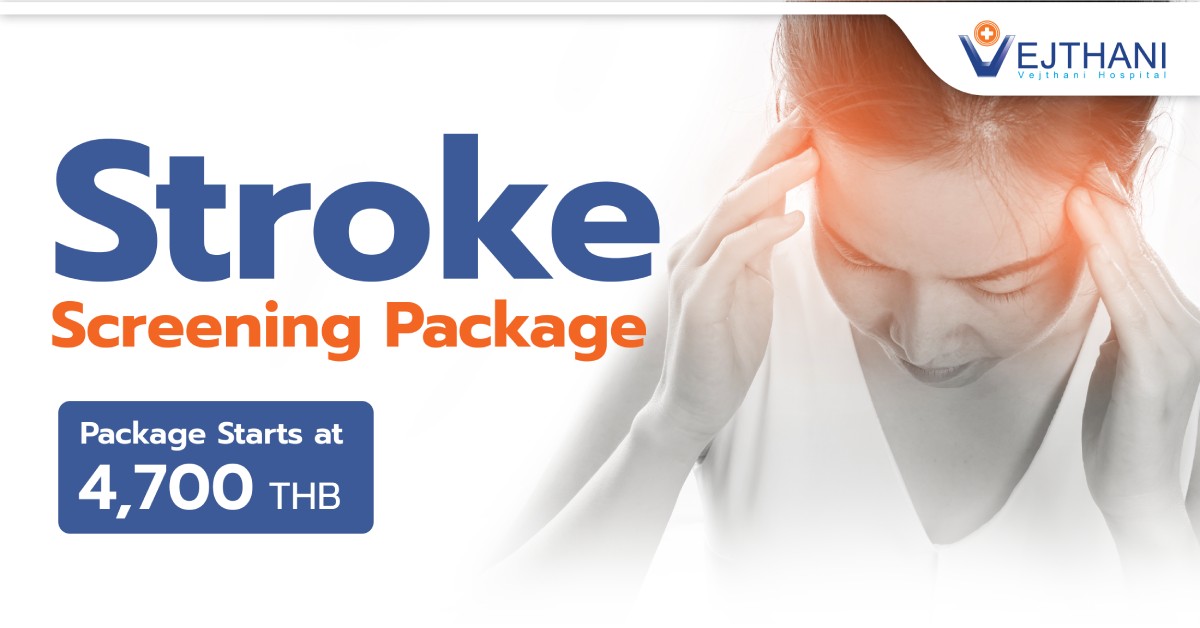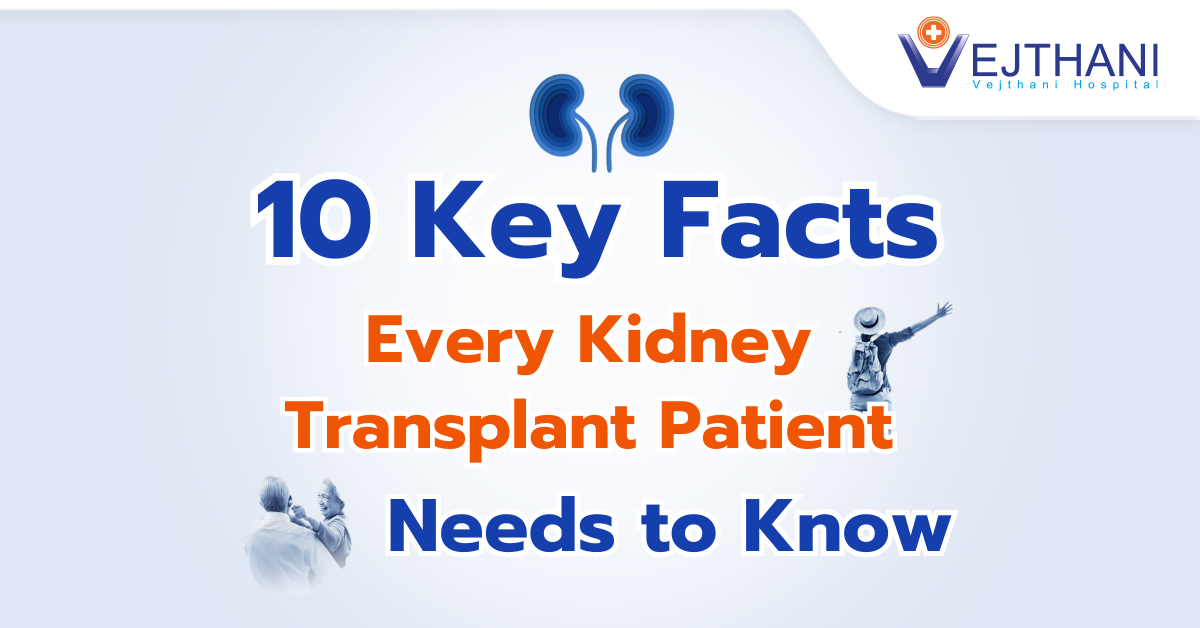
CT angiogram
Overview
Computed Tomography (CT) angiogram is a diagnostic procedure used to visualize tissues and blood vessels in the body. During the procedure, a dye is injected to highlight the blood vessels and tissues, which are then examined using a specialized X-ray technique known as CT scanning.
CT angiogram is particularly useful for imaging the coronary arteries during a CT coronary angiogram. These arteries supply blood to the heart muscle, and the procedure allows doctors to assess their condition and detect any abnormalities or blockages.
Reasons for undergoing the procedure
The primary reason for undergoing a CT angiogram is to determine if you have narrowed or blocked coronary arteries. However, your doctor might also use this test to diagnose various conditions affecting your blood vessels, including:
- Aneurysms, abnormal enlargements or bulges in your blood vessels.
- Coronary artery disease.
- Atherosclerosis (fat deposits that accumulate within blood vessels).
- Pulmonary embolism.
Usually, a radiologist conducts this examination. Doctors who specialize in taking and analyzing imaging scans are known as radiologists. A radiologist who specializes in cardiovascular images performs the CT coronary angiogram on you.
Risks
CT angiograms are generally safe for most individuals. However, if you have a history of allergic reactions to contrast dyes used in CT scans, your doctor may prescribe oral steroids or other medications to lower the risk of adverse reactions. It’s important to note that individuals with renal issues are more susceptible to kidney damage from contrast dye.
Before the procedure
Your doctor will provide specific instructions to prepare you for a CT angiogram. This may include temporarily discontinuing certain medications, such as vasodilators, prior to the test.
Generally, you should refrain from eating for about four hours before the procedure, though drinking water is permitted.
For a coronary CT angiogram, you’ll need to avoid caffeine for 12 hours beforehand, as it can elevate your heart rate and make it harder to obtain clear images of your coronary arteries.
CT angiograms are typically performed in an outpatient imaging facility or the radiology department of a hospital. Upon arrival, you will change into a hospital gown and remove any eyeglasses, jewelry, hairpins, or dentures containing metal.
If you have a pacemaker, joint replacement, or other metal implants, you can generally still undergo a CT angiogram, as most implants are made of titanium. Be sure to inform your doctor about any metal implants you have.
During the procedure
- During a CT angiogram, a technician will insert an IV into your hand or arm after applying a numbing medication. A contrast dye is then injected through the IV.
- To perform coronary CT angiogram, the technician will attach sticky patches (electrodes) to your chest, which connect to a device monitoring your heart rhythm and rate.
- You’ll lie on a table that slides into a doughnut-shaped CT scanner.
- From an adjacent room, a technician operates the CT scanner to capture multiple angles of images. If necessary to minimize chest movement, they may instruct you to briefly hold your breath.
The actual CT scan typically lasts only a few seconds to a few minutes. Overall, the procedure, including preparation, usually takes about one hour.
After the procedure
The same day after the CT angiogram, you can go back home and carry on with your regular activities. To aid in the removal of the contrast dye from your body, your doctor may advise you to drink a lot of water.
Outcome
Your healthcare provider will typically discuss the results of the test with you within a few days or weeks. Depending on the findings, further testing may be recommended. If the test reveals a risk of heart disease, your doctor will discuss treatment options with you.
Contact Information
service@vejthani.com






















